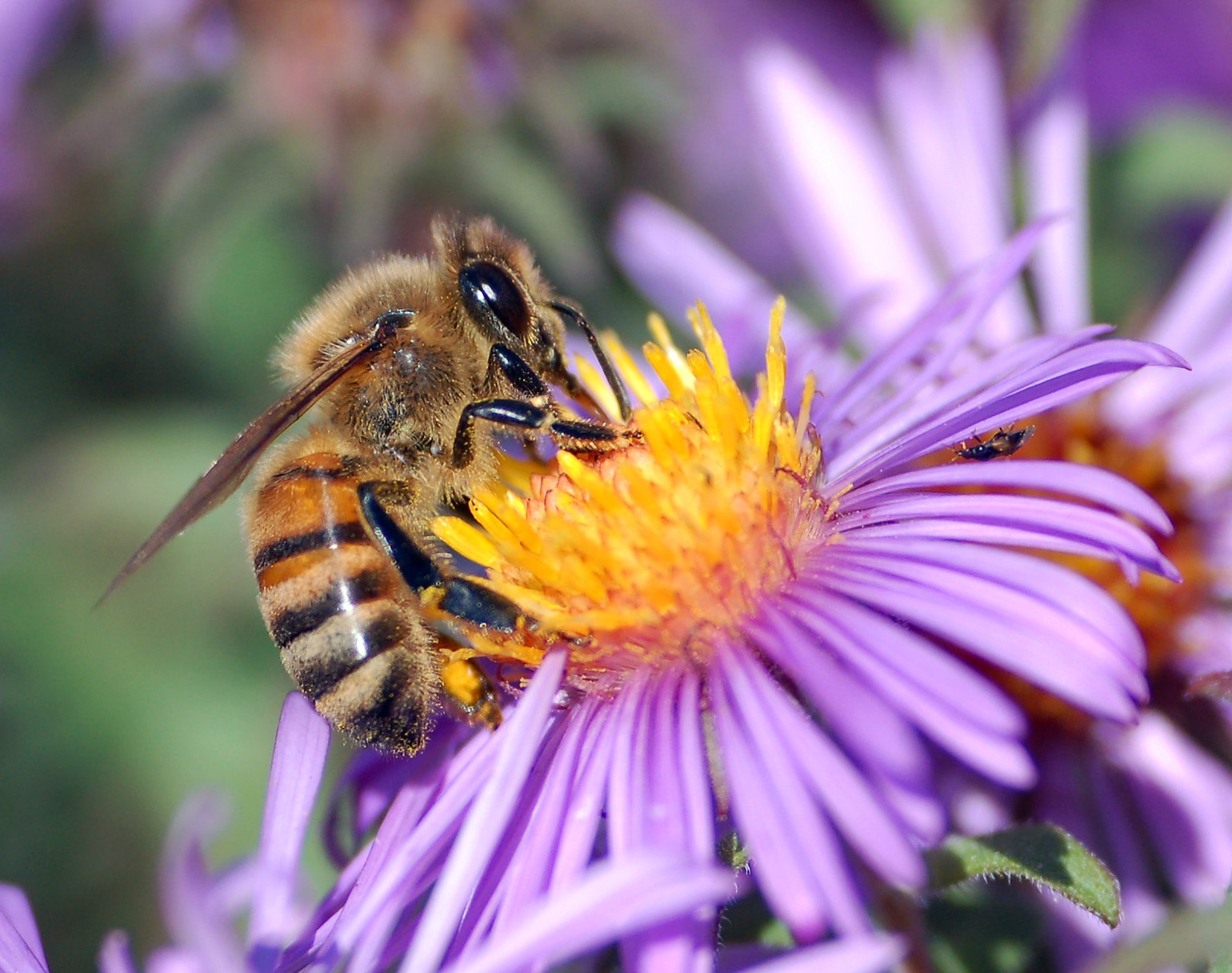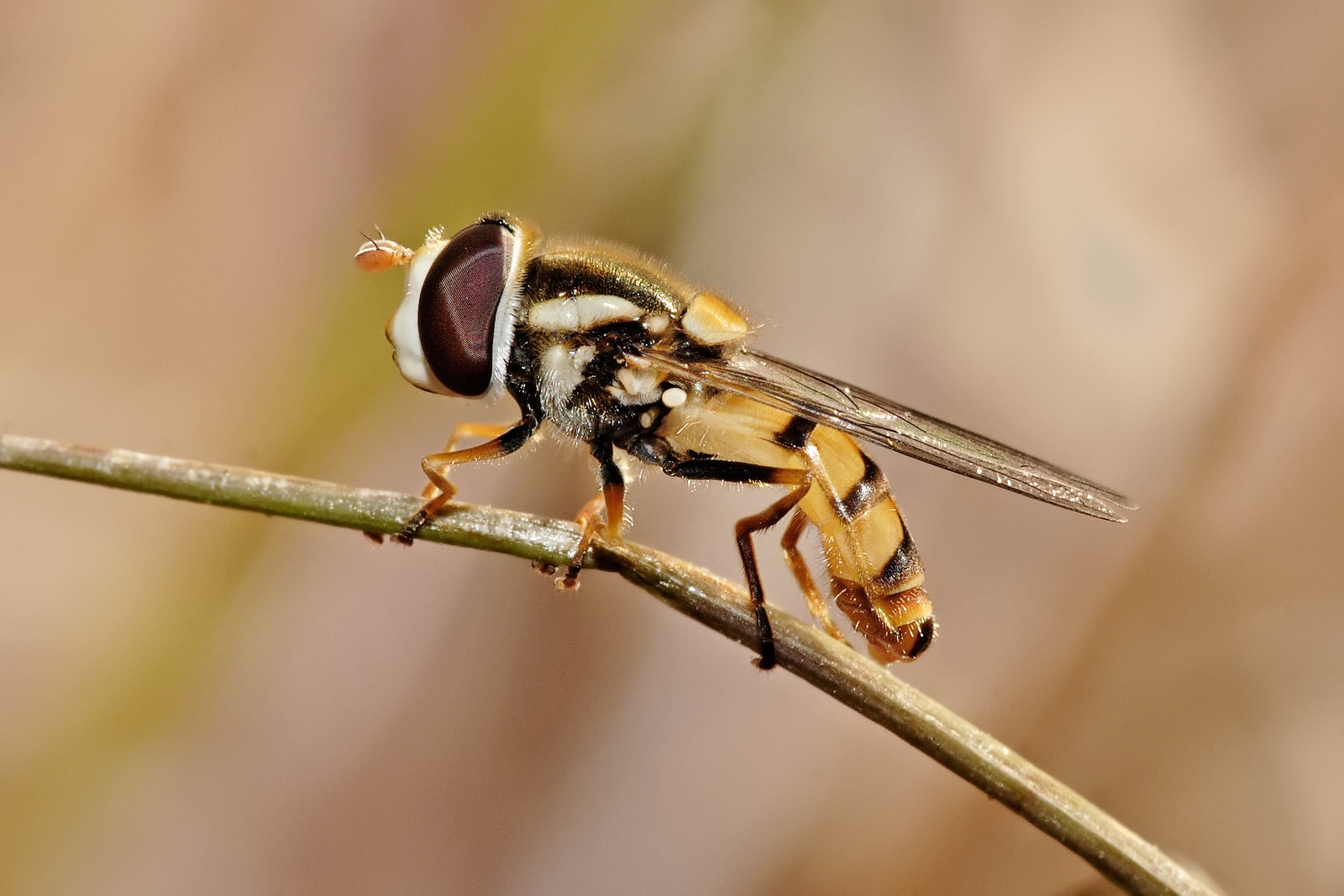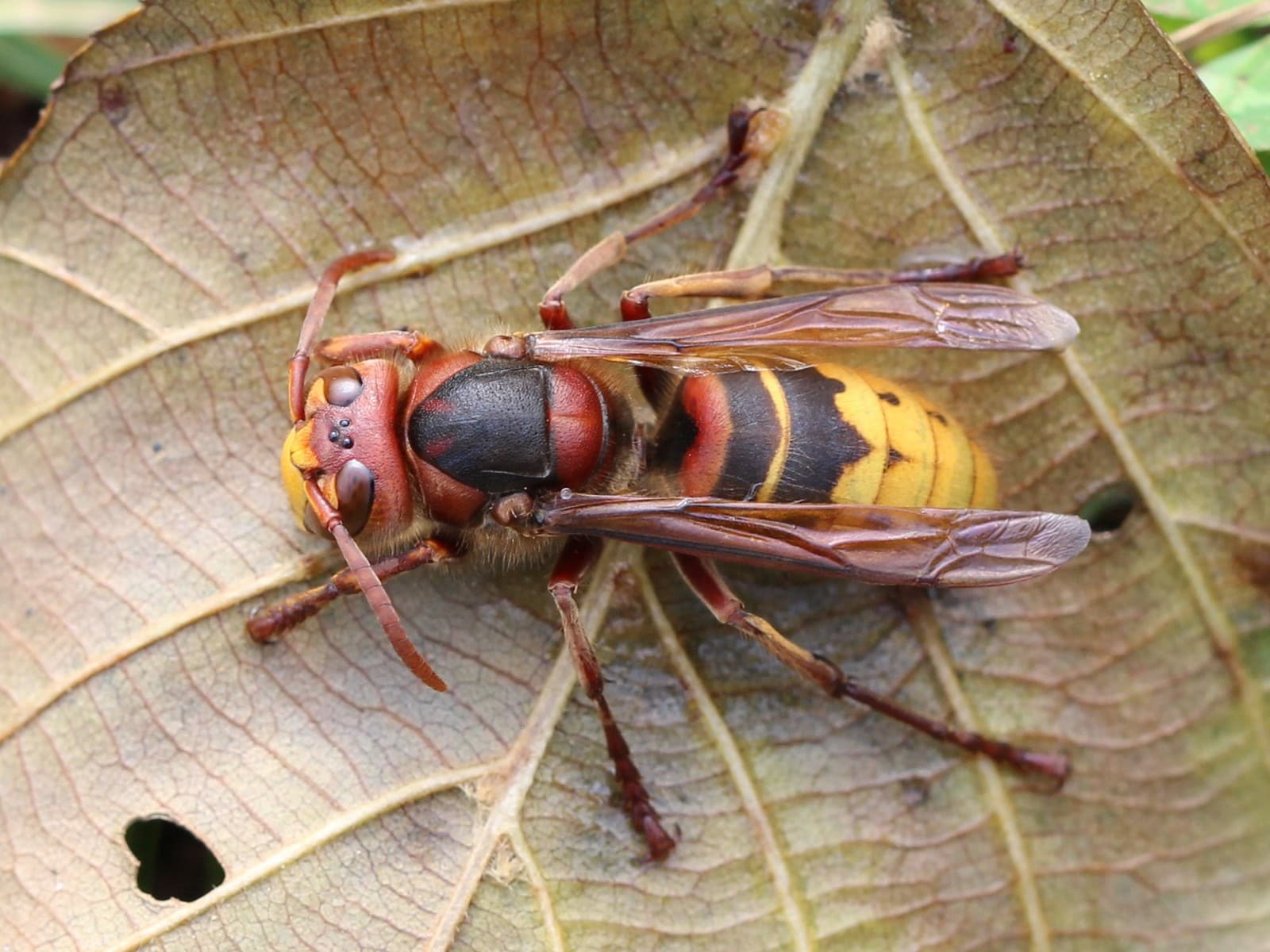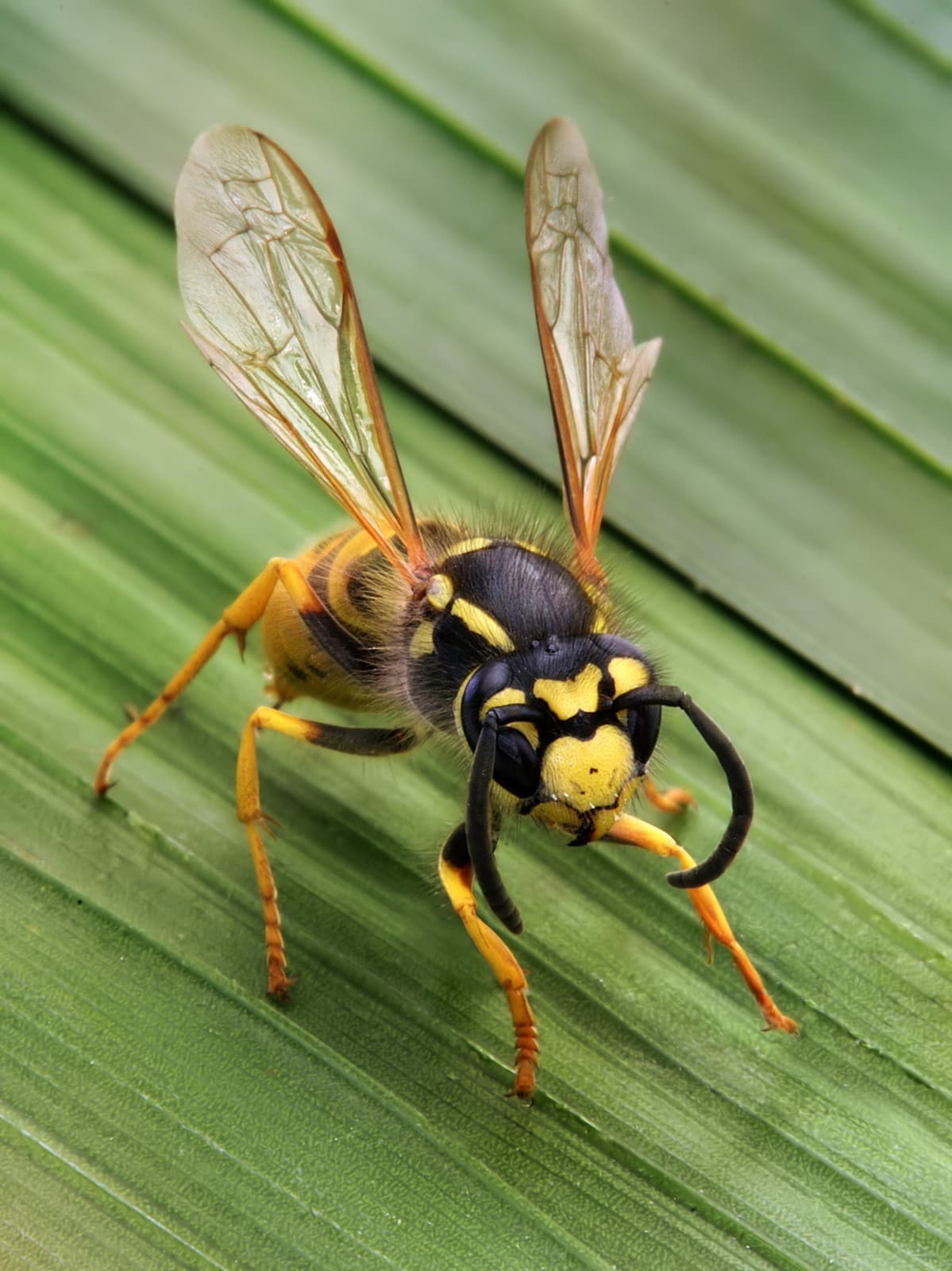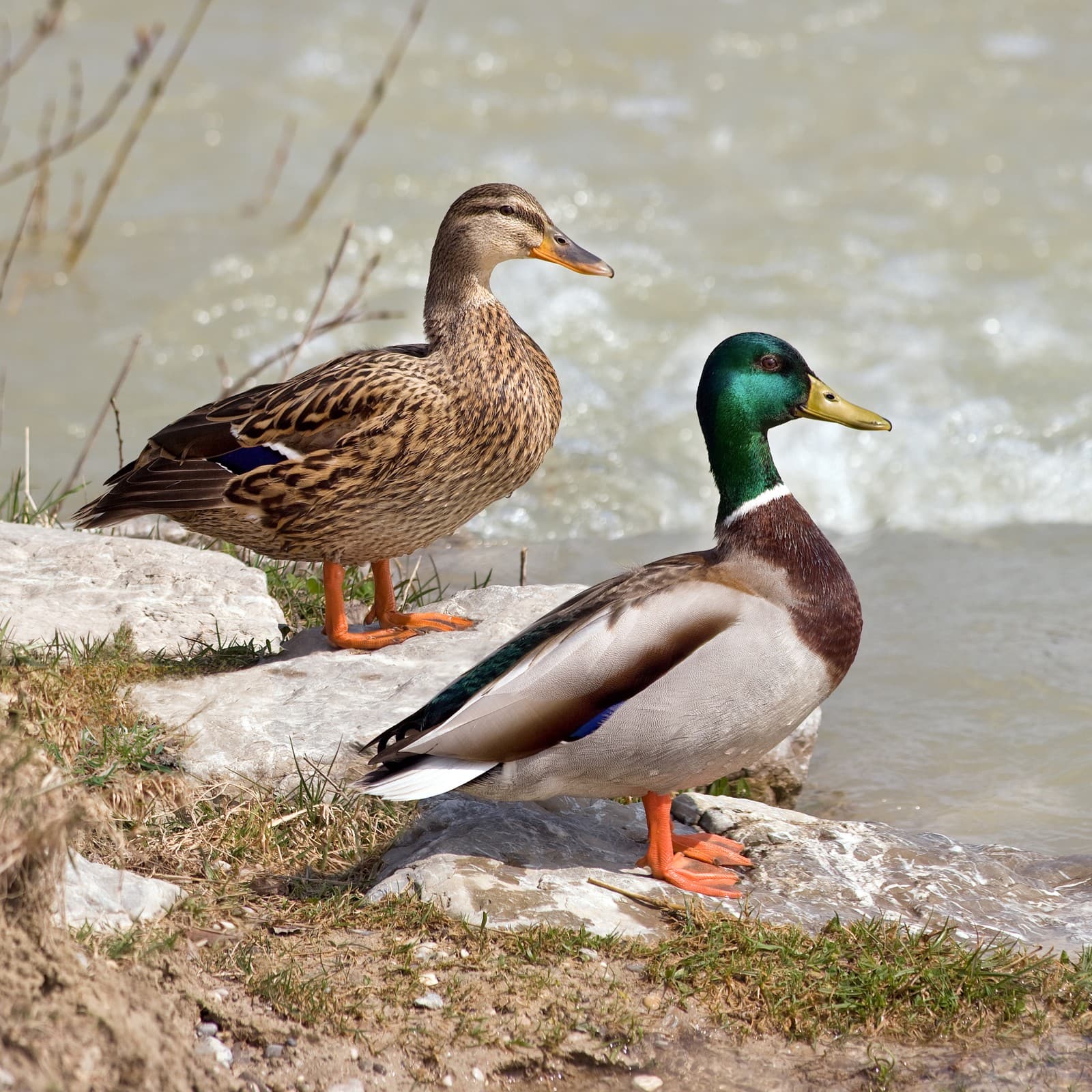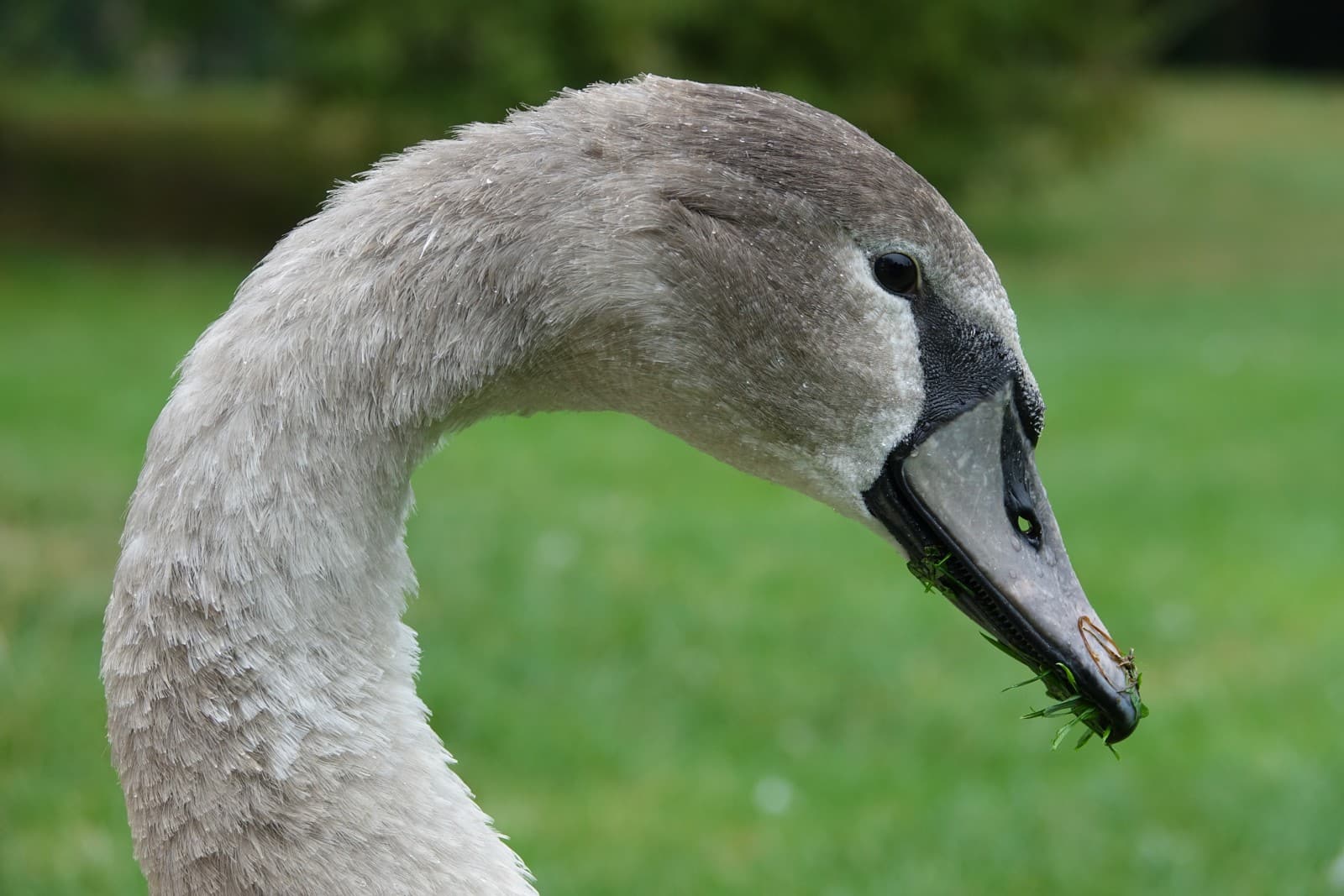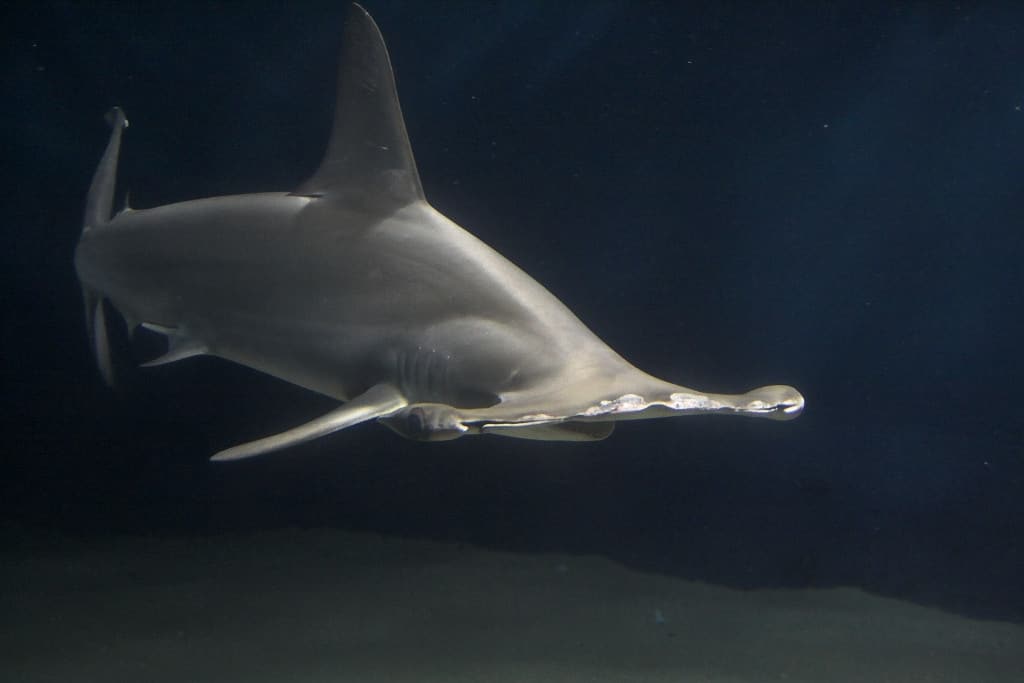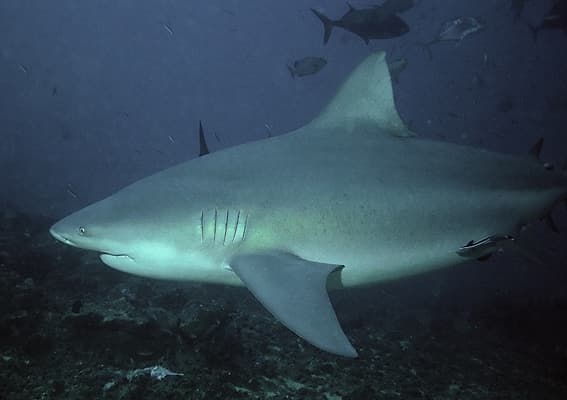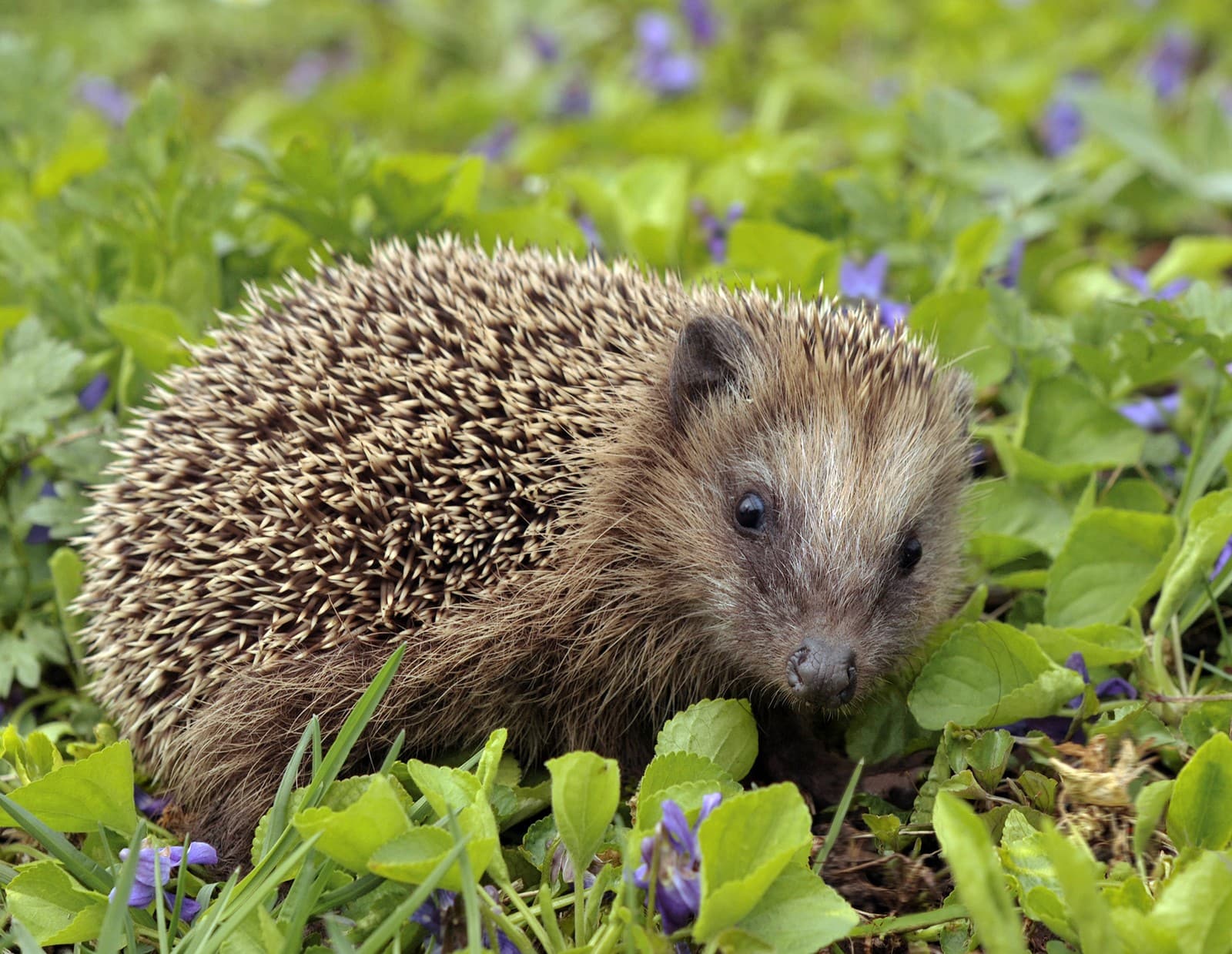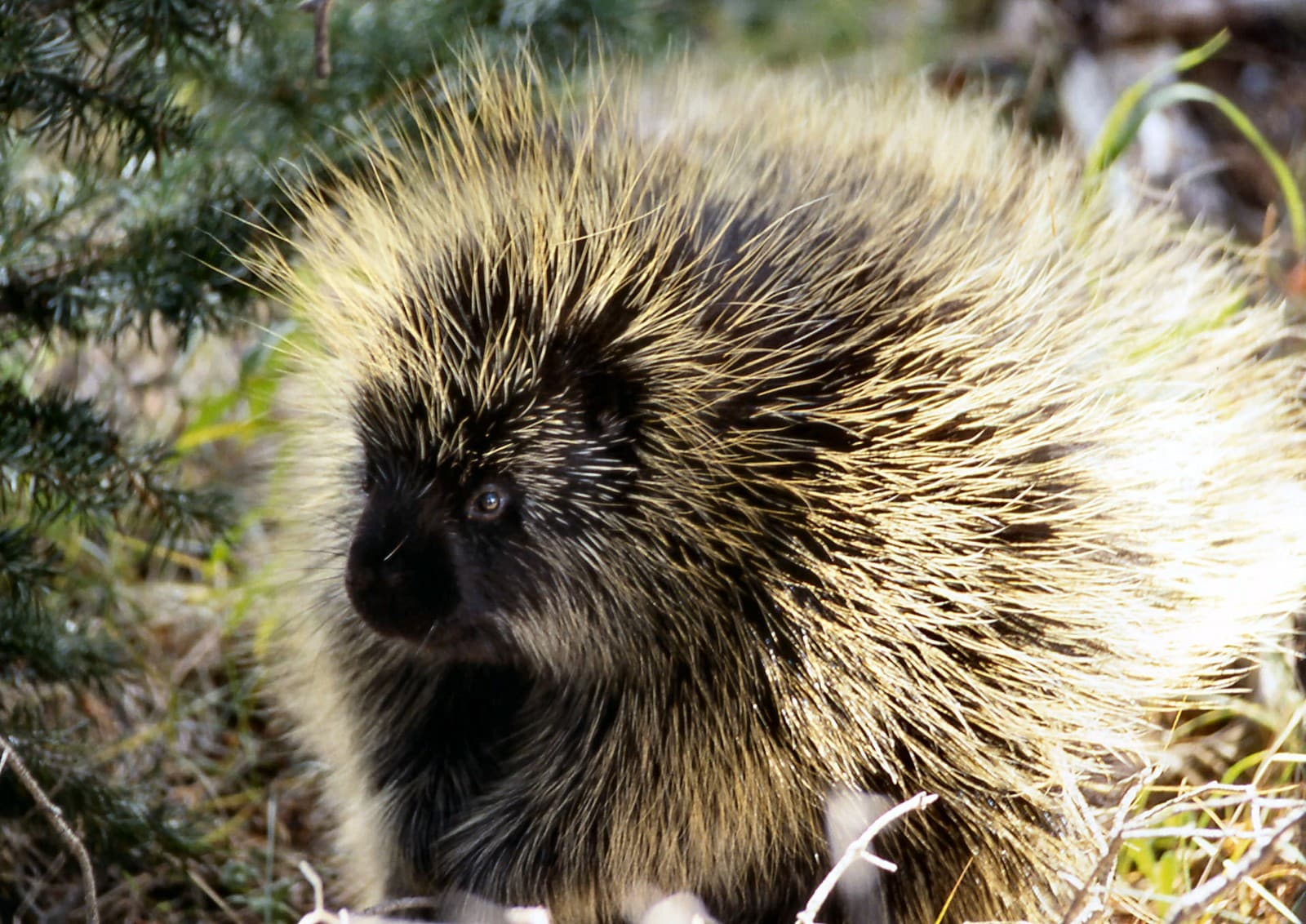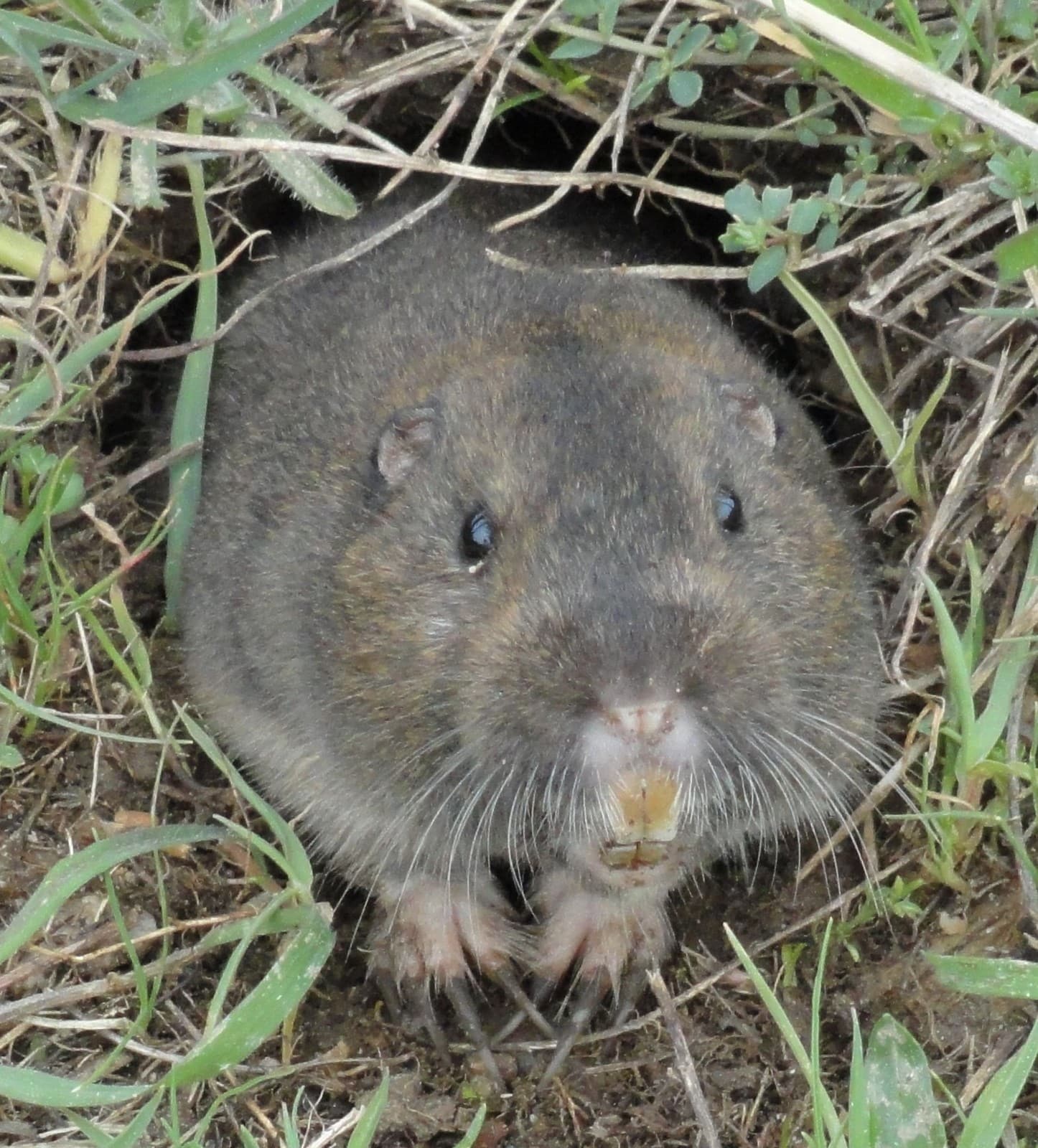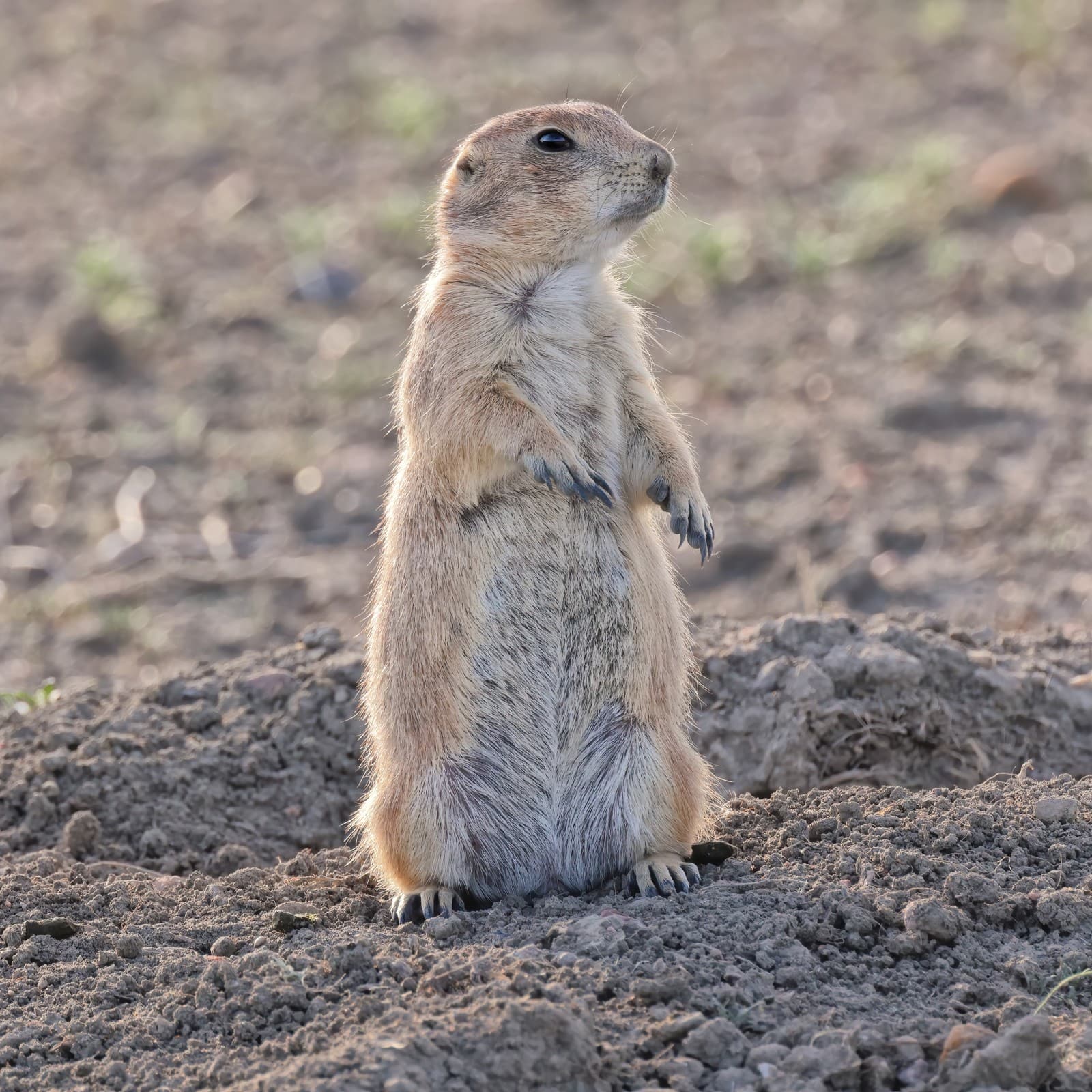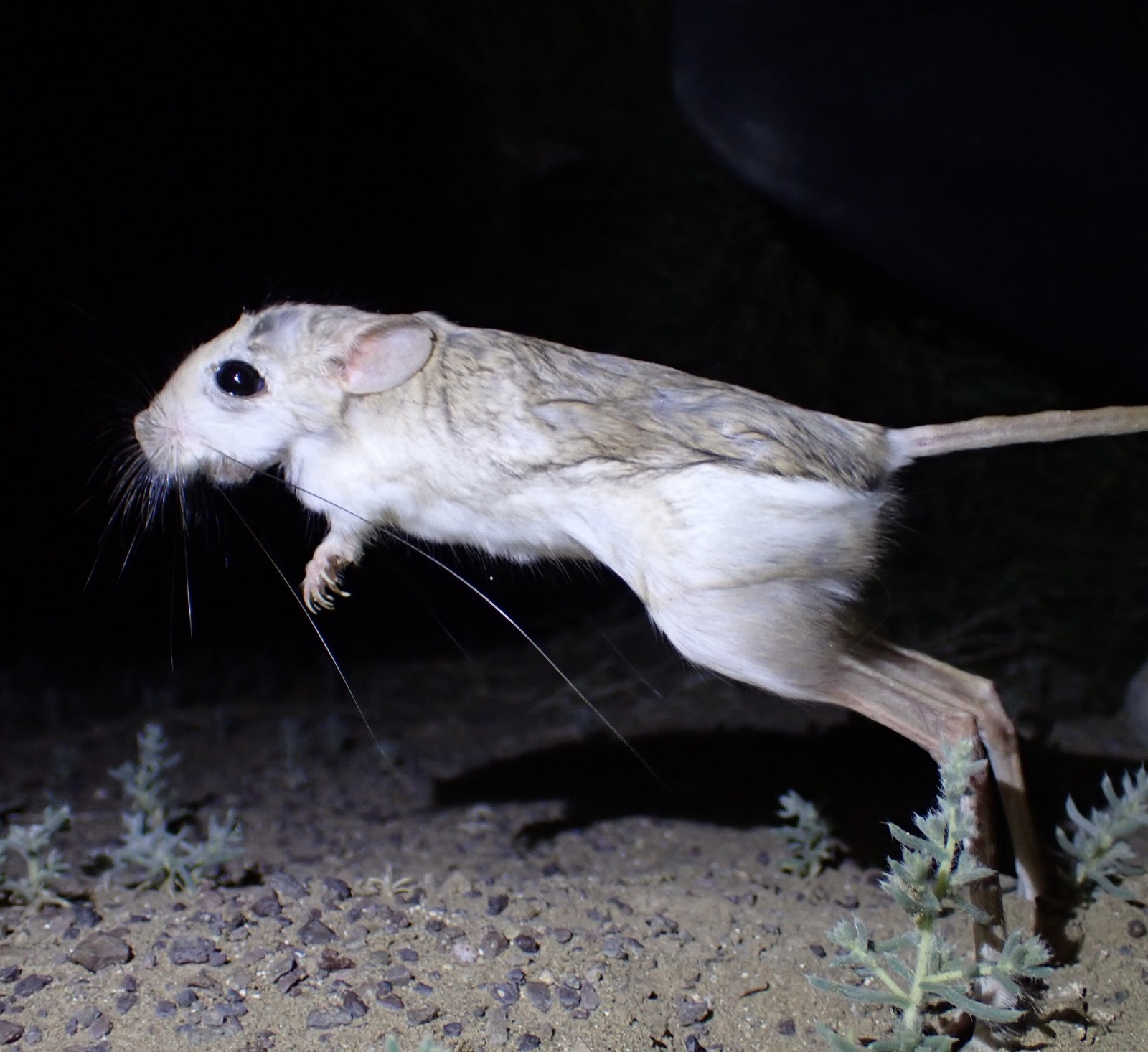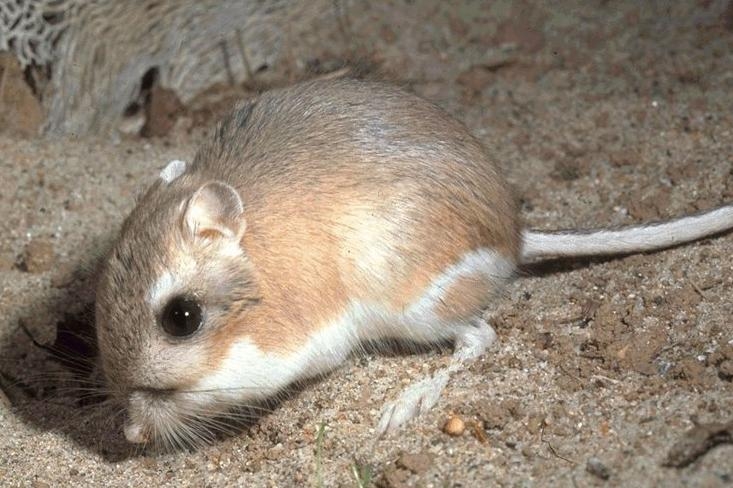Bee vs Wasp: A Complete Comparison
When comparing bees vs wasps, the differences extend far beyond their appearance. While both are flying insects belonging to the order Hymenoptera, bees are specialized pollen collectors with robust, hairy bodies averaging 15mm (0.6 inches) in length, while wasps are predatory insects with smooth, slender bodies typically measuring 13-25mm (0.5-1 inches).
This distinction becomes crucial for gardeners and outdoor enthusiasts, as bees can only sting once before dying, while wasps can sting multiple times and tend to be more aggressive when defending their territory. Understanding these differences isn’t just academic – it’s essential for safety and ecological awareness.
Visual Comparison
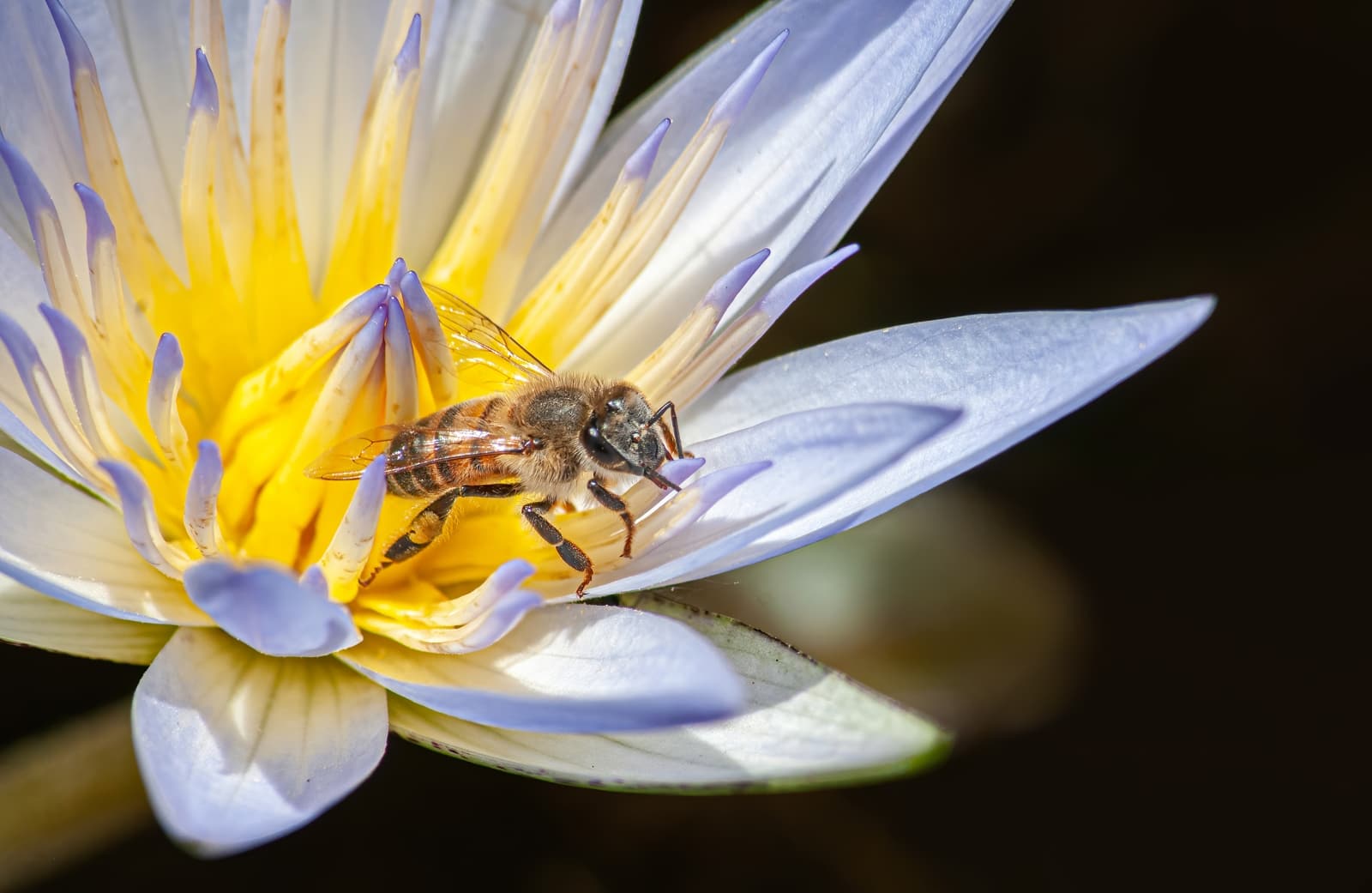
The honey bee’s fuzzy body and pollen-collecting structures make it perfectly adapted for pollination. Notice the characteristic golden-brown coloration and the specialized pollen baskets on its legs, features absent in wasps.
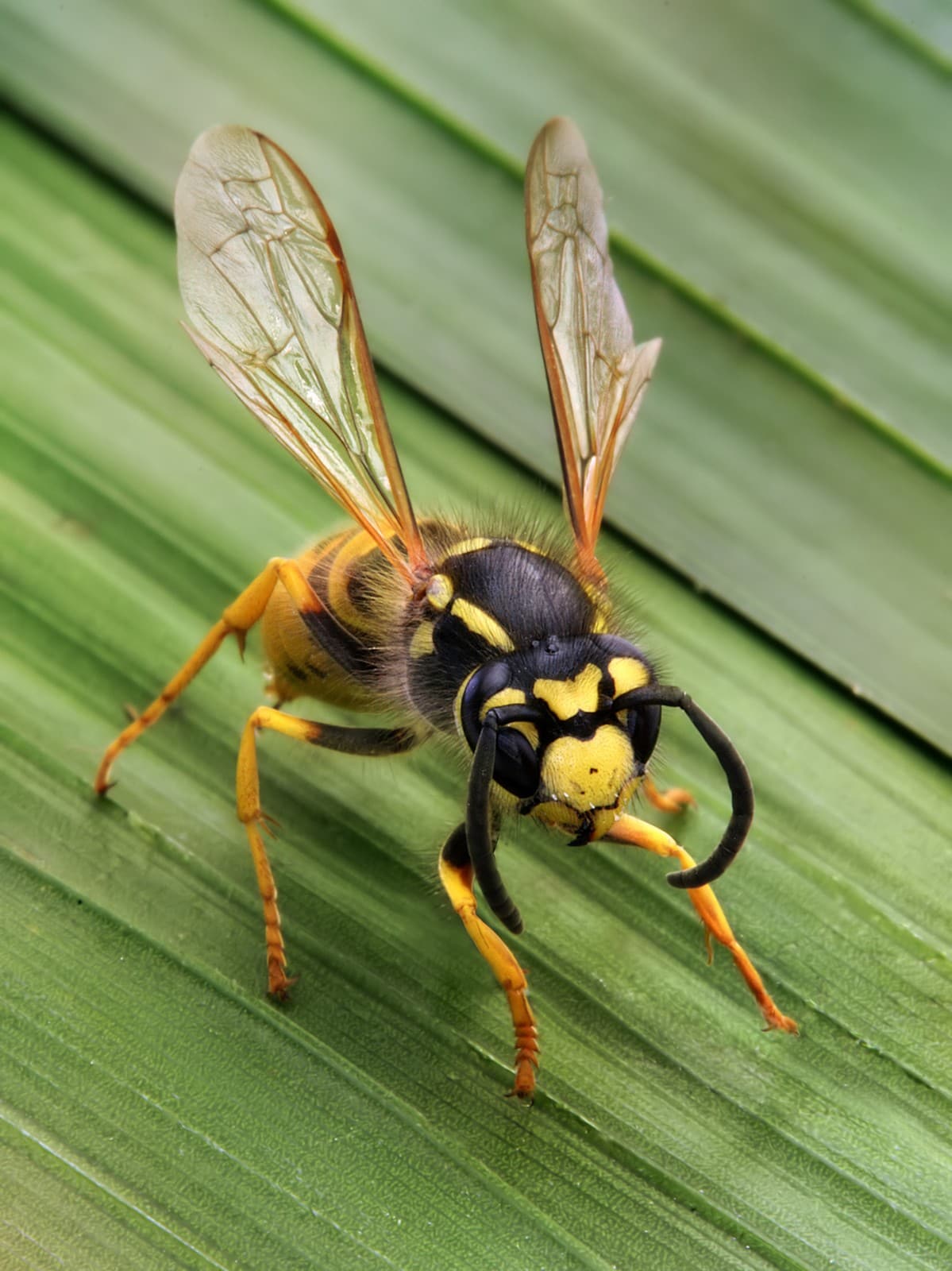
The wasp’s smooth, streamlined body and bright warning colors reflect its predatory nature. The narrow “waist” and pointed abdomen are distinctive features that set it apart from bees.
Key Differences: Bee vs Wasp Comparison
| Feature | Bee | Wasp |
|---|---|---|
| Body Structure | Round, fuzzy body (15mm avg.) | Slim, smooth body (13-25mm) |
| Diet | Nectar and pollen | Insects and nectar |
| Nesting | Wax honeycomb structures | Paper or mud nests |
| Stinging Behavior | Dies after single sting | Can sting multiple times |
| Social Structure | Highly organized colonies | Varies by species |
| Lifespan | 4-5 weeks (workers) | 12-22 days (workers) |
Behavior and Habitat
Unlike the generally docile bees that focus on flower visitation, wasps are more territorial and aggressive. Bees construct intricate hexagonal cells from wax, while wasps build paper-like nests from wood pulp or mud structures. A typical bee colony houses 50,000-60,000 individuals, whereas wasp colonies rarely exceed 10,000 members.
Role in Ecosystem
Bees are essential pollinators responsible for approximately one-third of global food production. A single honey bee colony can pollinate up to 300 million flowers daily. Wasps, while also contributing to pollination, primarily serve as natural pest controllers, with a single colony capable of capturing up to 1,000 insects per day to feed their larvae.
Who Would Win: Bee vs Wasp Combat Analysis
In direct confrontation, wasps generally have the advantage due to their:
- Ability to sting multiple times
- More powerful venom (2.4-3.0μg per sting)
- Superior agility in flight
- Stronger mandibles for biting
However, bees have evolved unique defensive strategies, including:
- Group defense mechanisms
- Higher heat tolerance (can survive 50°C/122°F)
- Ability to form “heat balls” to cook predators
- Greater numbers in colonies
Safety and Interaction Guidelines
When encountering either insect:
- Remain calm and avoid sudden movements
- Never swat at or attempt to catch them
- Slowly move away from the area
- Wear light-colored clothing during outdoor activities
- Avoid wearing strong perfumes or fragrances
Identification Tips for Safety
Bee Characteristics:
- Round, fuzzy body
- Thick legs with pollen baskets
- Golden-brown coloration
- Steady, deliberate flight pattern
Wasp Characteristics:
- Smooth, shiny body
- Thin legs without pollen structures
- Bright yellow and black markings
- More erratic flight pattern
Understanding these differences between bees and wasps isn’t just fascinating – it’s crucial for safety and conservation. While both species play vital roles in our ecosystem, their distinct behaviors and characteristics require different approaches to interaction and management.
